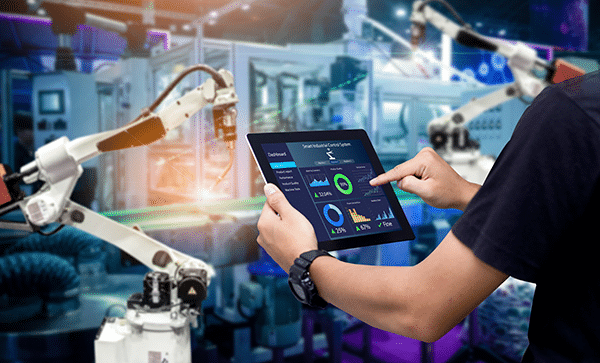The global technological advancement has transformed the way we live,Technology in development work, and communicate. However, not all countries have equally benefited from these advancements. In this essay, we will examine the essential factors to consider when selecting the right technological equipment in developing regions.
Development:
- Understanding Local Needs: First and foremost, a thorough analysis of the specific needs of each region is essential. For instance, an agricultural area may require irrigation technologies, while an urban area may need improved communication infrastructure.
- Cost and Sustainability: Developing countries often have strict budget constraints. It is therefore crucial to strike a balance between the initial cost and long-term sustainability to ensure a wise investment.
- Training and Education: Introducing new technologies requires a trained workforce. Governments and organizations need to invest in training programs to ensure effective usage.
- Social and Cultural Impact: The adoption of new technologies can have profound implications for local society and culture. Impact assessments are necessary to tailor implementation to local cultural needs.
- Ongoing Evaluation: Continuous monitoring of on-the-ground impact is essential. This involves collecting data on usage, benefits, and encountered issues to optimize technology utilization.
Conclusion:
Choosing Wisely for a Better Future
The choice of technological equipment in developing regions is crucial.Technology in development By judiciously adapting technologies to local needs, investing in training, and monitoring impact, we can contribute to improving the quality of life in these countries. The future depends on our wisdom in these choices.
